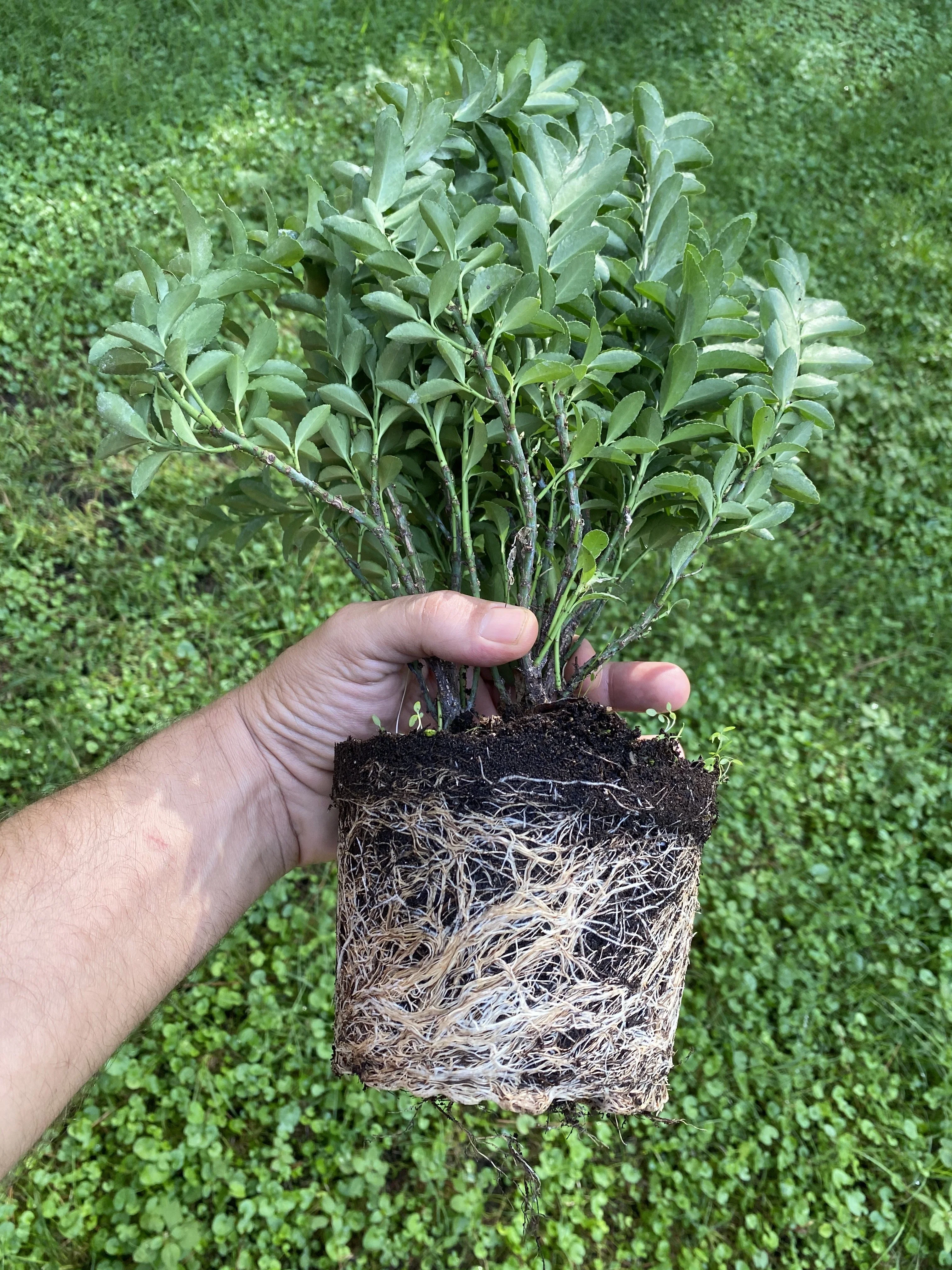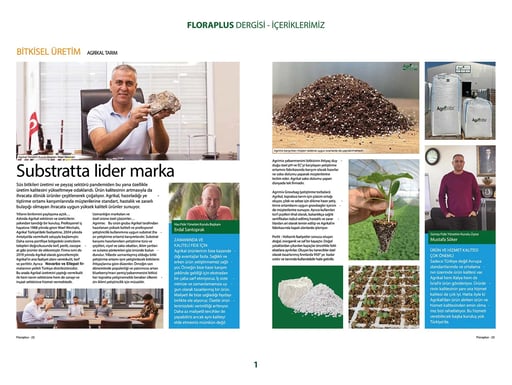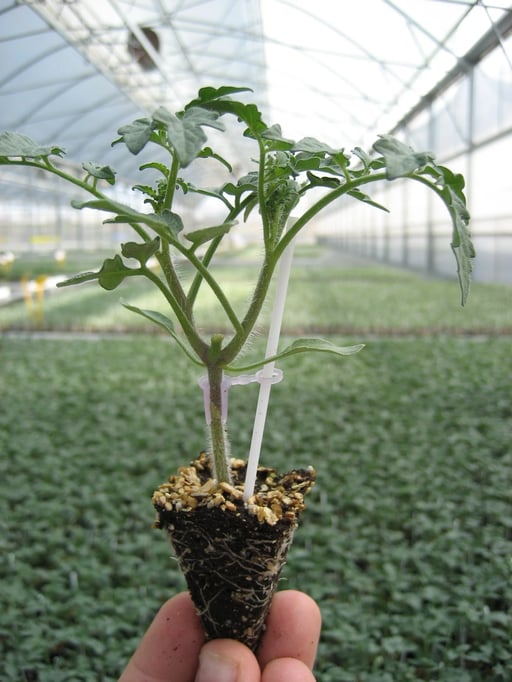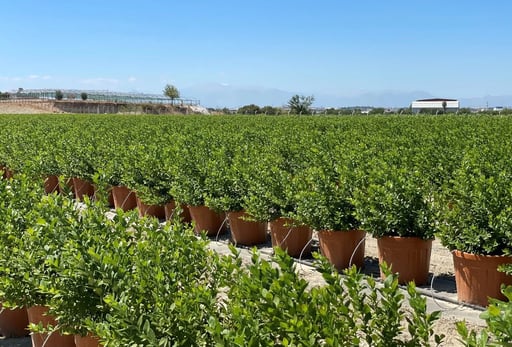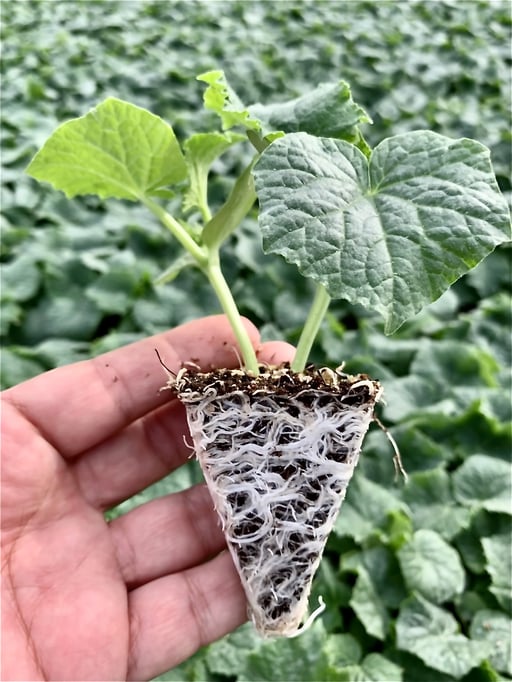A high-quality plant-growing process begins with healthy and strong seed sowing or cutting selection. For growers, deciding which growing medium to use for seed sowing or rooting cuttings is highly significant.
The choice of the right growing medium depends not only on the physical properties of the materials used but also on the plant species to be cultivated, the environmental conditions of the cultivation area, and the availability of the substrate to be used as the growing medium.
The growing medium consists of multiple components. The physical size distribution of the components used determines the basic texture of the growing medium. Components such as peat, perlite, vermiculite, coconut coir, tuff, and pumice have differently shaped particles, and the sizes of these particles can be classified as coarse, medium, or fine. The physical size of the particles stems from the natural structure of each component.
When preparing the growing medium, the aforementioned components are mixed together to create a porous structure that can be classified as macropores or micropores.
Macropores are large spaces formed between large particles, allowing water to pass through easily. They reduce water retention capacity and provide an aerated environment for the roots.
Micropores, on the other hand, are small pores formed between fine particles. Water given to the medium remains in the micropores, contributing to the substrate’s water retention capacity and increasing the growing medium’s overall water-holding ability. Microparticles serve as a source of water and nutrients required by the plant. Growing media with fine particle sizes generally retain more water compared to those with coarse particles.



